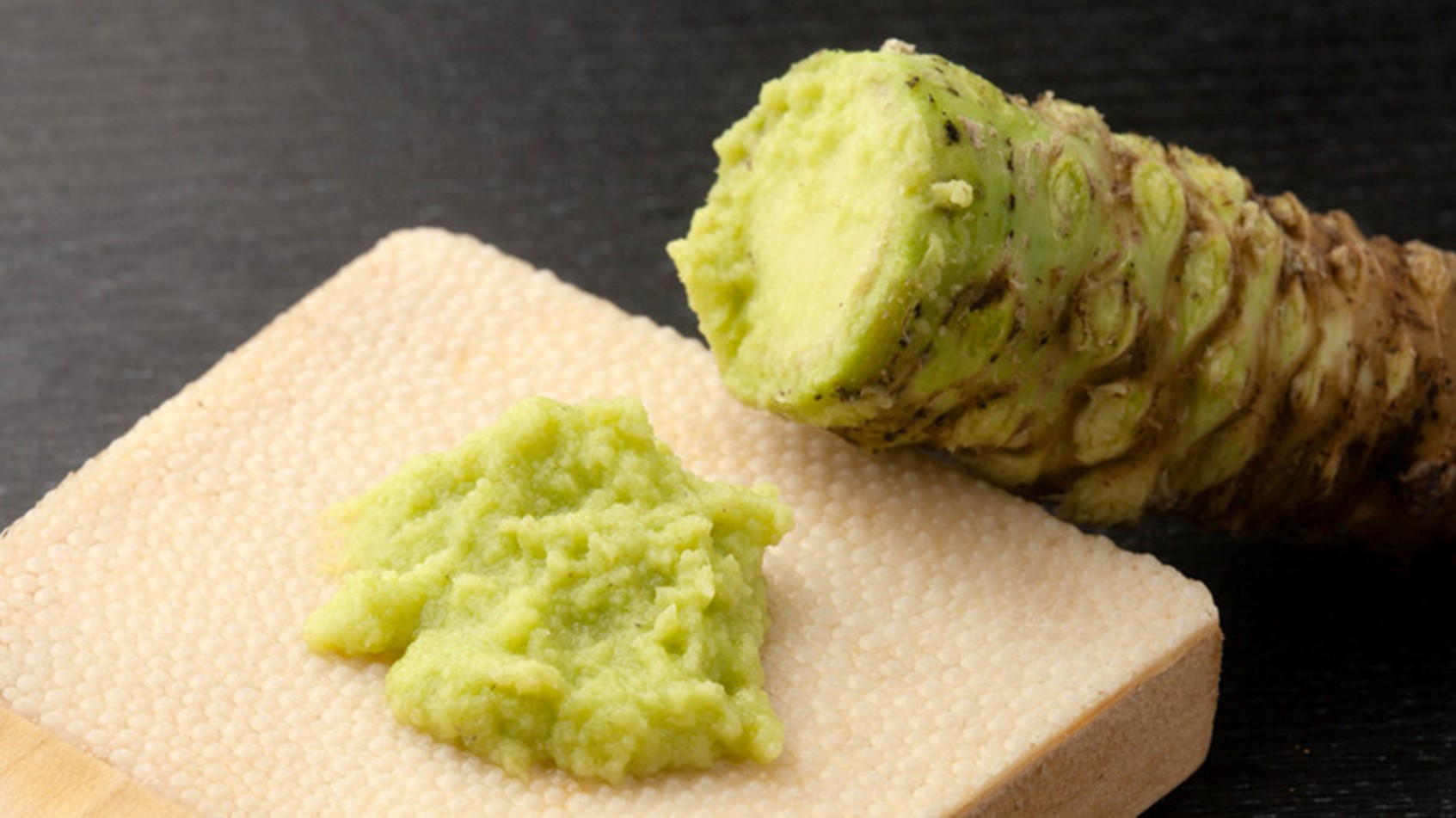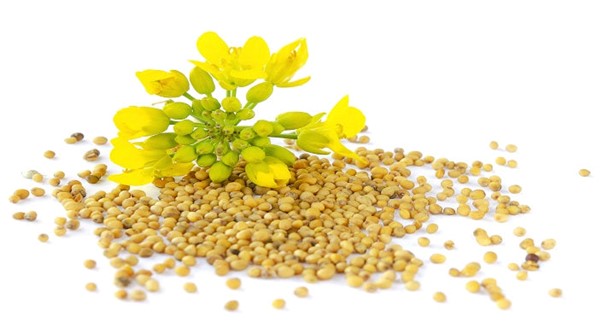Let’s take a closer look at the uniqueness of the three seasonings: wasabi, mustard and horseradish.
01 The uniqueness and preciousness of wasabi
Wasabi, scientifically known as Wasabia japonica, belongs to the genus Wasabi of the Cruciferae family. In Japanese cuisine, the green wasabi served with sushi and sashimi is wasabi sauce. This wasabi sauce is a paste made from finely ground wasabi roots. Its unique spicy taste and aroma add a different flavor to the cuisine.
Wasabi is known as one of the most expensive vegetables in the world, and its price in the domestic market is also quite high, with the lowest price being 800 yuan per catty. The reason behind such a high price is inseparable from the rare growth environment of wasabi. There are not many places where wasabi can be cultivated in large quantities, mainly concentrated in some specific counties in Japan.
Due to the rarity of wasabi root and its strict requirements for growing conditions, it requires specific fertilizers and long-term flowing water. These conditions increase the difficulty and cost of its cultivation. Despite the high demand, its production is limited, so Japan often needs to import large quantities from Taiwan, the United States, mainland China and other places. Fresh wasabi root must be used immediately after grinding, because its spicy taste will gradually disappear after 20 minutes. Despite this, wasabi still tastes good, is rich in nutritional value, and has a variety of pharmacological effects.
02 Characteristics and Uses of Horseradish
Horseradish, also known as horse radish, originated in southeastern Europe and West Asia. In European countries, it is often used as a condiment for dishes such as roast beef. Because the taste of horseradish is similar to that of wasabi root, it has become an ideal material for imitation wasabi sauce. Despite this, real wasabi root is still highly regarded for its unique flavor and nutritional value.
Horseradish, belongs to the genus of horseradish in the cruciferous family, which is a different genus from wasabi. The horseradish sauce we usually see is actually light yellow, and needs to be mixed with food coloring to be green to imitate the appearance of wasabi sauce. Due to the high price of wasabi root and the difficulty of preserving wasabi sauce, most sushi restaurants in China and many sushi restaurants in Japan actually offer “dyed” horseradish sauce. Despite this, this does not affect our love for Japanese food.
03 Types and Sources of Mustard
Many people mistakenly believe that mustard sauce is made from a plant called mustard, similar to chili sauce. However, this is actually a misunderstanding. Wasabi is yellow mustard made from mustard seeds, while green mustard is made from wasabi roots. The two have different sources but similar tastes.
The picture above shows mustard, a crop of the genus Brassica in the cruciferous family. The green mustard we often talk about actually refers to wasabi, which is made from finely ground wasabi roots. The choice of grinding tools is also quite particular. It may be shark skin or ceramic, but they are rare and difficult to keep fresh. This green mustard is called Wasabi, and it is really a pleasure to taste. What we usually call yellow mustard is actually mustard, which is made from mustard seeds. This mustard is more common and is called Mustard.
Although these three seasonings come from different plants, their tastes are very similar and their nutritional content is also very similar. Therefore, in daily cooking, if a certain seasoning is difficult to obtain, it can be replaced with other types. May your table always be delicious and tempting.
Contact
Beijing Shipuller Co., Ltd
WhatsApp: +86 136 8369 2063
Web: https://www.yumartfood.com/
Post time: Jun-27-2025


